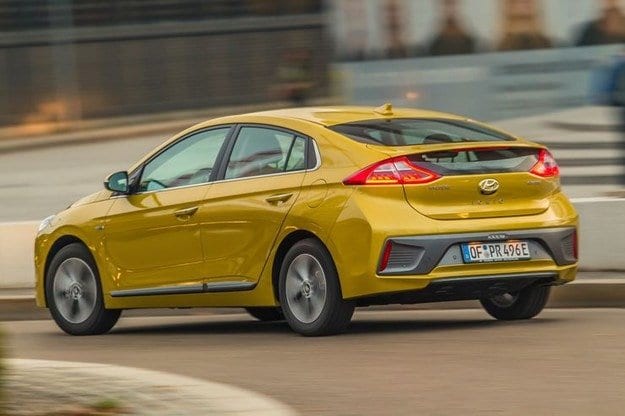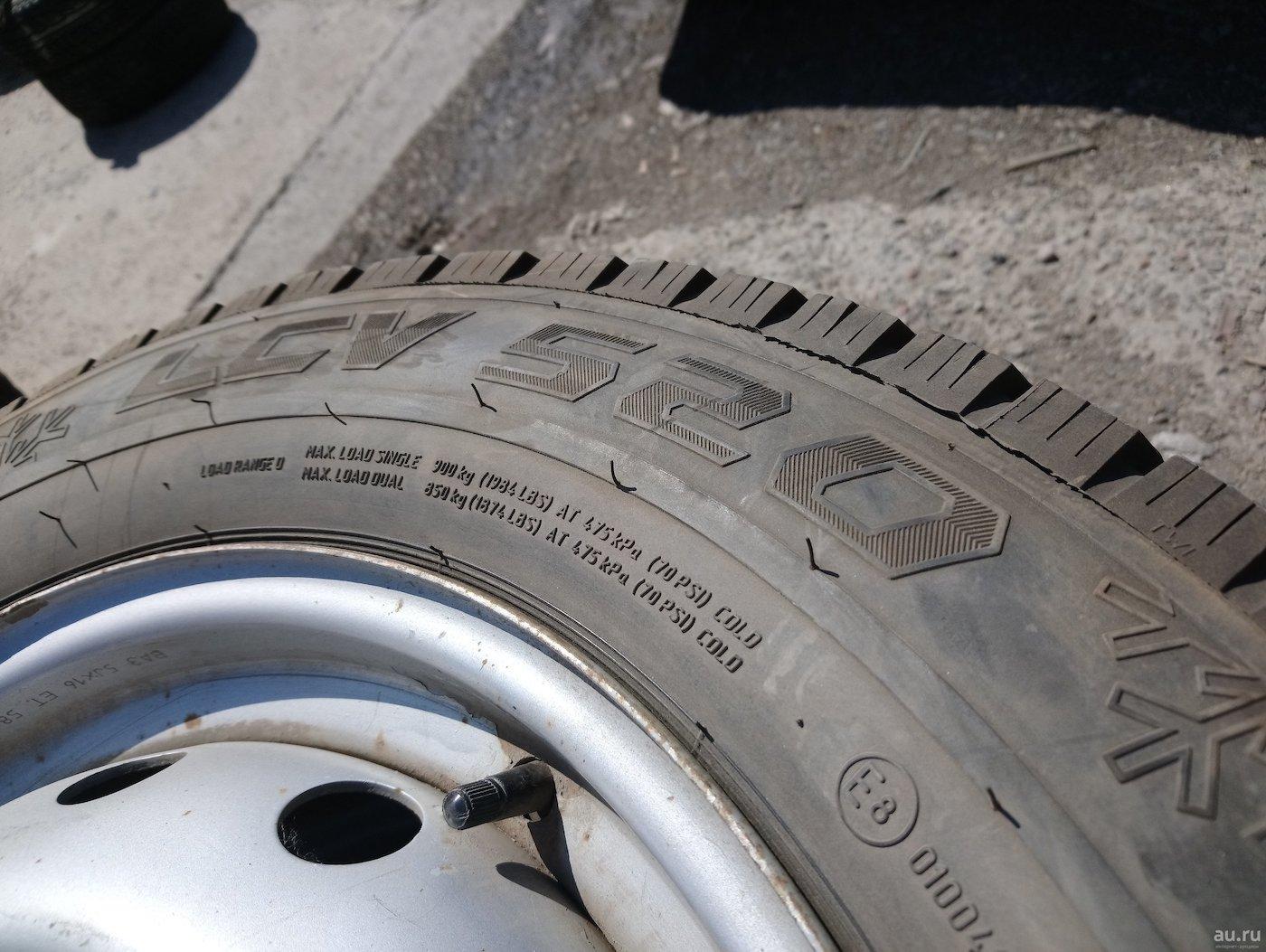
Test drive Hyundai Ioniq Electro: Democrat
Content

It offers enough space and an almost reasonable price for a European family of four.
Question - "What are the three most important qualities of an electric vehicle?" The answer is "Autonomous mileage, mileage per charge and distance traveled with a full battery." For the i3 model with increased capacity BMW provide 300 kilometers, Renault Promise the same for your Zoya Hyundai One more modest idea is the technical characteristics of the new Ioniq Elextro, which has a range of 280 kilometers on a single battery charge.
At the same time, mileage figures do not claim to be exclusive and are clearly not a priority in cases where electric vehicles are used as everyday transport - after all, all these manufacturers do not question the suitability of their electric vehicles for solving the problems of everyday life. .
The electric version of the Ioniq looks exactly like this - like a normal car, ready to perform its tasks, like everything on the road. With him, you don't have to explain to a bewildered neighbor and friends why he looks like a friend looks like. Nissan Leaf for example. In the design of Hyundai, there are no borrowings from exotic aquatic inhabitants and the desire to recklessly follow the postulates in aerodynamics. There are no closed fenders and odd shapes, and the only thing that gives the electric version is the front end, devoid of the traditional grille - a purely functional feature associated with the absence of internal combustion engines.
Obviously, the days of impressive alternative powertrains are slowly passing away, and this will certainly be welcomed by anyone who doesn't necessarily want to be interested in their car's design. This is undoubtedly a positive step towards the widespread adoption of electric mobility, but much more important in this direction are changes in the area of costs and the directly related democratization of final consumer prices for electric vehicles. After deducting the subsidy for the purchase of an electric vehicle, the base price of the Ioniq Eleßtro in Germany is equal to the price of a comparable size. Audi A3 with the smallest diesel in the model range. The money is not small, but it no longer has anything to do with the fabulous prices of the pioneers of electricity.
Decent atmosphere
The fact that the quality of materials and finishes in the interior is decent, but not extravagant, is also part of the deal - but Hyundai must adhere to certain restrictions in order for the final price to remain at the same decent level. On the other hand, a little more understanding in the management of the functions of the navigation system should not lead to a budget collapse of the project.
Like most other electric vehicles, the Ioniq also predisposes to a laid-back driving style. The pursuit of dynamism has been replaced by another lofty goal - the energy savings needed for the highest possible mileage. The drive is extremely energy efficient, has a smooth demeanor, directs the driver's attention to the Eco indicator and resolutely maintains the green zone. Descents are used for acceleration, climbs are gentle, and obstacles along the route automatically lead to inertial movement, followed by a decrease in speed and a stop in priority regenerative mode. Is it difficult for other road users? Not really.
Amazing cornering dynamics
If desired, the electric Ioniq can also be dynamic - when switching to Sport mode, the electric motor increases by 30 Nm (295 instead of 265) the maximum torque transmitted to the single-speed gearbox. The algorithm in the accelerator pedal actuator also changes to be more aggressive and creates a feeling of more power than the Hyundai model actually gives at maximum load – the Ioniq certainly doesn’t stick to the consciously desired feeling of powerful traction in many electric vehicles. On the other hand, the Korean model has a positive view of road dynamics and exhibits a pleasantly playful mood in corners, which is easy to manage thanks to precise steering. The steering is a little more twitchy only in the middle steering area, which affects the calmness a little when driving in a straight line on the highway, but the 165 km / h top speed limit is generally decided.
Fortunately, it doesn't come with unnecessary stiffer suspension that delivers excellent road handling. Lowered under the rear seats and boot floor, the battery cells naturally reduce the center of gravity and allow comfortable chassis adjustments that skillfully and effortlessly tackle most of the unevenness of everyday life.
The Ioniq's rear layout imposes slight restrictions on lower seat length, headroom and boot volume, but these are unlikely to bother teenagers, who usually occupy the second row of a family car. The wide-opening rear lid opens the cargo compartment with a volume of 455 liters, and when folding the seats it can be increased to 1410 liters, but when loading and unloading, the floor step formed during folding must be overcome. Rear view is slightly restricted by a spoiler that splits the rear window in two, but parking is never an issue thanks to the standard rear-view camera.
Overall, Hyundai has been quite generous with standard equipment – the base version of the electric car has automatic air conditioning, a navigation system, a digital audio system with smartphone integration, rear parking sensors, an electronic lane keeping system and adaptive cruise control with a driving mode in heavy traffic. The extra equipment comes with ordering a higher version version, which is unfortunate due to amenities like front LED lights and lane departure warning.
Both charging cables are part of the standard equipment - for a 230 V household contact and a type 2 for connection to a home charging station (Wallbox, offered in Germany by Hyndai in cooperation with energy company EnBW). In addition, the model uses a standard CCS (Combined Charging System) charging socket, which can be connected to any DC fast charging station on the road.
Finally, it remains to answer the crucial question of energy consumption and autonomy in many ways. Under optimal conditions, the Hyundai model was able to charge the battery (30,6 kWh full charge) from a 400-volt Wallbox in the garage of a car and sports car in just under seven hours (6:50). With this charge and as close as possible to the average style and conditions of daily driving, the Ioniq can travel up to 243 kilometers.
Is the mileage enough?
This achievement is 37 km short of the factory promise of 280 km, but the model remains remarkably economical, showing an average consumption of 12,6 kWh / 100 km. In terms of consumption and emissions, this is equivalent to 70 g/km CO2 or 3,0 liters of gasoline per hundred kilometers. If you don't need to charge at expensive public charging stations, the Ioniq's daily operation is pretty energy efficient. In addition, most of the consumables needed for internal combustion engines are lost, and Hyundai guarantees a model in Germany for five years, regardless of mileage. Lithium-ion polymer batteries have an even longer warranty (eight years or a maximum of 200 kilometers), so most of the financial risk falls on the manufacturer. However, buying an Ioniq Elextro for cash should be taken very seriously - the purchase price with a subsidy is acceptable, but given the still unclear picture with the rate of obsolescence and the residual value of electric vehicles, leasing is definitely the best option.
Text: Markus Peters
Photo: Dino Eisele
Evaluation
Hyundai Ioniq Electro
Despite being quite economical, in practice the Ioniq falls short of factory promises in terms of autonomous mileage, charging from the 400V Wallbox takes too long. On the other hand, the model demonstrates very convincingly the driving comfort and behavior on the road.
Body
+ Very good place in the front seats
Opening the high boot lid
Compartments under the boot floor
Very good workmanship
– Small trunk
Step on the floor when folding the seats
Limited space for rear heads
Partially complex function control
Common materials in the interior
Poor rear visibility from the driver's seat
Comfort
+ Very good ride comfort
Help when driving in heavy traffic
Inductive smartphone charger
– Inaccurate seat adjustment
Engine / transmission
+ Very good possibility for pulling dosing
Four recovery modes
Convenient for everyday use autonomous mileage
– Slow acceleration
Long charging time (400V)
Travel behavior
+ Simple controls
Dynamic cornering behavior
Dynamic reactions
– Nervous behavior when driving straight ahead
Synthetic feel in the steering wheel
safety
+ Various auxiliary systems as standard
Possibility to order LED headlights.
– Assistance in changing belts only in high trim level
ecology
+ No local CO2 emissions
Low noise
Costs
+ Low energy costs
Very good basic equipment
Standard with two charging cables
Eight year battery warranty
Full seven year warranty
– Batteries are not rented.
technical details
| Hyundai Ioniq Electro | |
|---|---|
| Working volume | - |
| Power | 120 k.s. (88 kW) |
| Maximum torque | 295 Nm |
| Acceleration 0-100 km / h | 10,0 with |
| Braking distances at a speed of 100 km / h | 37,1 m |
| full speed | 165 km / h |
| Average consumption fuel in the test | 12,6 kWh / 100 km |
| Base Price | 65 990 levov |
